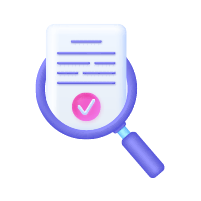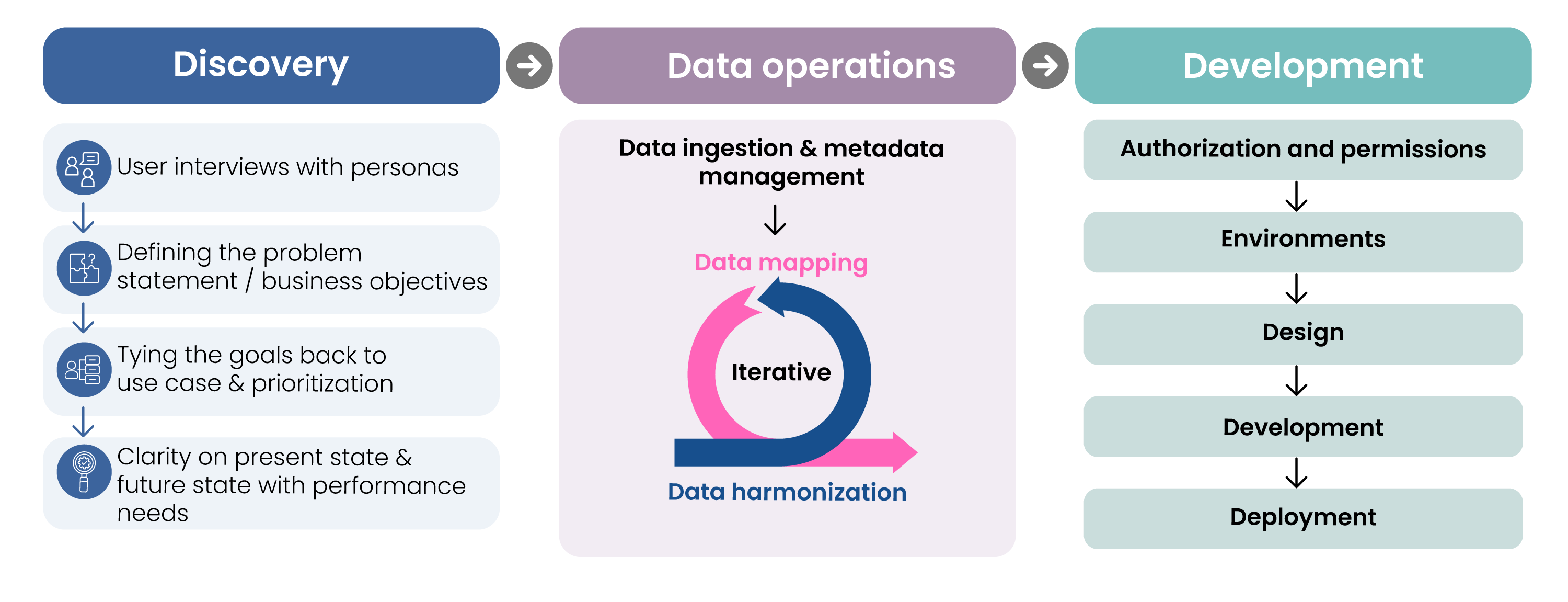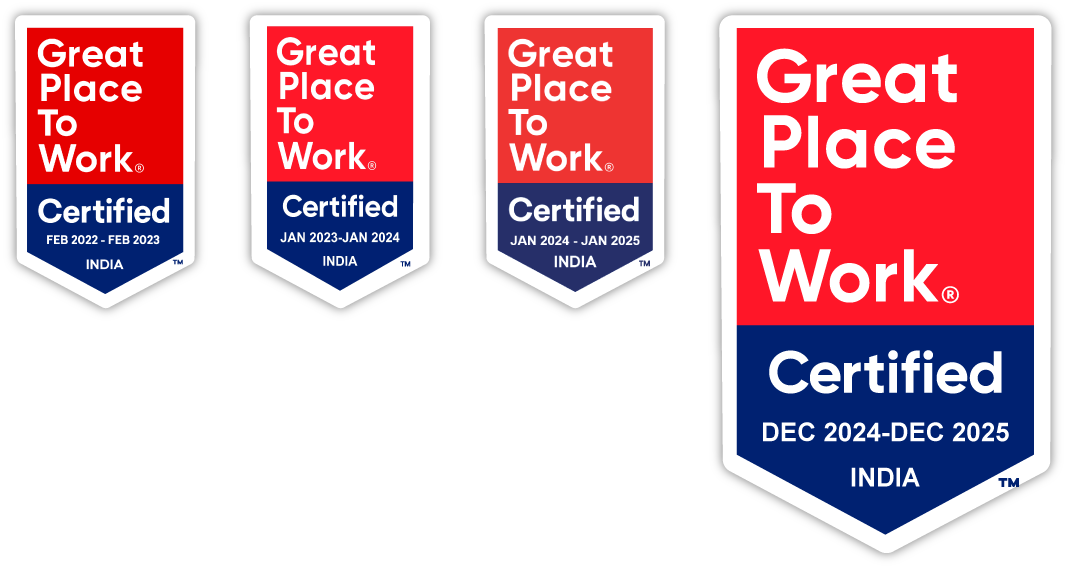Enhancing research agility through a unified OMICs intelligence hub
Overview
Excelra partnered with a global pharma’s Animal Health division to build a centralized OMICs data platform that consolidates legacy and new datasets across species, systems, and sites. The intuitive platform supports metadata-based search, seamless data integration, and real-time accessibility—empowering researchers and project teams with faster, evidence-driven decision-making across the R&D pipeline.

Our client
The client is the Animal Health division of a global pharmaceutical leader, with decades of OMICs research dispersed across siloed systems. To support data-driven decisions in preclinical and clinical research, they required a unified platform to streamline access and enhance collaboration.

Client’s challenge
The client faced mounting challenges in managing and utilizing large volumes of OMICs data:
- OMICs data fragmented across ELNs, internal clouds, and vendor systems
- No centralized repository or standardized metadata
- Difficulty searching or retrieving datasets by species or study parameters
- Compliance risk due to inconsistent workflows

Client’s goals
The project aimed to:
- Build a unified repository integrating legacy and new datasets
- Enable intuitive search/filtering based on metadata and project parameters
- Support multi-user personas with tailored access
- Improve data traceability, accessibility, and regulatory compliance
Our approach
Excelra adopted a collabo0rative, agile, and user-focused methodology.
Key stages:
- Discovery Phase: Stakeholder interviews to identify pain points, personas, and system needs.
- Data Integration: Designed ingestion pipelines and harmonized metadata for cross-platform consistency
- User-Centric Design: Built dashboards tailored for scientists, bioinformaticians, and project managers.
- Secure & Scalable Deployment: Integrated access controls, audit trails, and future-ready architecture.
Our solution
Centralized OMICs platform for R&D acceleration
- Unified legacy and current OMICs data into a centralized, searchable repository
- Enabled metadata-based search by species, study type, project, etc.
- Seamless uploads and vendor integrations keep the database current
- Role-based dashboards serve scientists, analysts, and PMs
- Real-time access accelerates insight generation and supports decision-making
- Strong data governance via user authentication and audit trail management
Implementation highlights
- Discovery: Use case mapping and benchmarking
- Operations: Data pipeline design, metadata standardization
- Development: Architecture built for speed, scale, and searchability
- Deployment: Seamless rollout with stakeholder training and support
Targeted user personas
- Bioinformaticians with biology experience
- Biologists experienced in OMICS data processing
- Biologists working with data analysed by CROs
- Managers reviewing data from team members

Figure: Technical architecture
Data ingestion & metadata management
- Data ingestion from multiple shortlisted data sources
- Building a scalable foundation for Ontology Management
- Formatting of data points (manual or automated), mapping to target schema
Data mapping
- Development of extraction strategy
- Development of ontology mapping, data processing, outlier management strategies
Data harmonization
- Database development based on data source examination
- ETL pipelines for ingesting structured, unstructured, real-time or batch data in a central DB

Conclusion
Excelra’s end-to-end solution enabled 100% consolidation of legacy and ongoing OMICs datasets into a single platform. The system reduced data retrieval time significantly, improved early research decision-making, and increased collaboration across functions. Role-based interfaces and secure access enhanced user adoption and compliance, while standardized metadata improved traceability. Built in collaboration with client SMEs using an agile model, the platform is now a central pillar of the client’s R&D data strategy.

